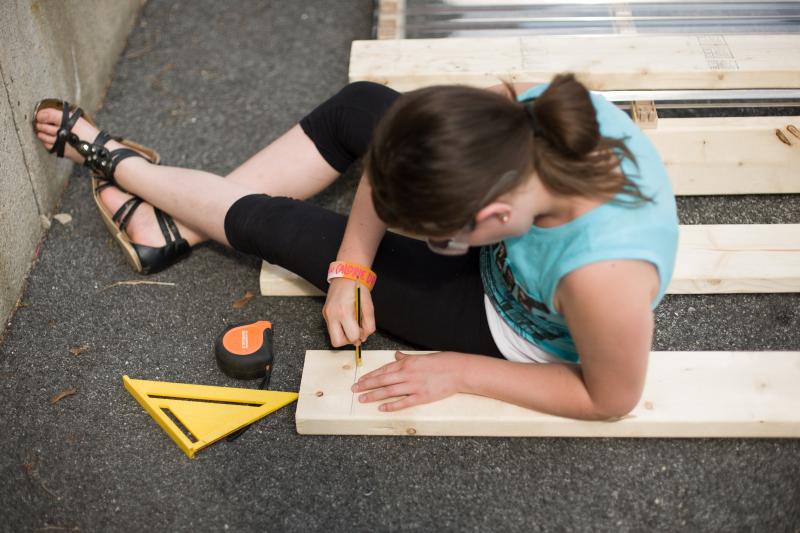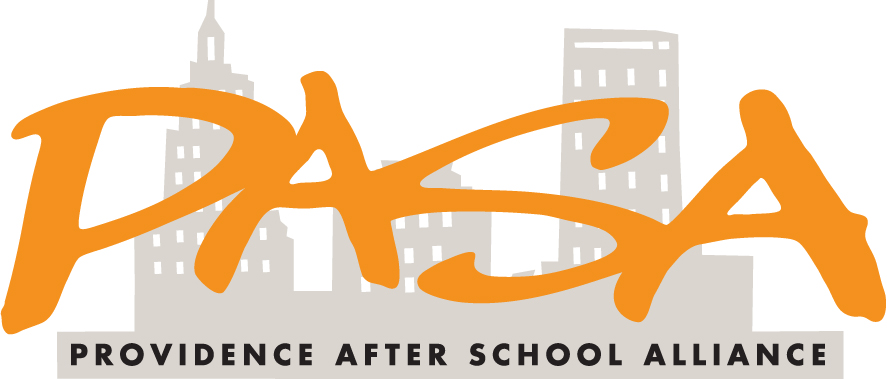
This post originally appeared on The After School Corporation (TASC’s) blog. TASC is one of PASA’s Every Hour Counts partners and is dedicated to helping urban schools give kids more time, more ways, and more opportunities to learn so that everyone can succeed.

photo by Jori Ketten
By Katie Brohawn, Director of Research for TASC
Every spring, the American Educational Research Association (AERA) hosts the world’s largest education research conference. It is a mecca for edu-geeks like me. And yet, I’m often disheartened upon finding only a few sessions that fall under the conference’s “Brain, Neurosciences and Education” category, despite the thousands of sessions available. This year, there were only six.
See, while I’m entrenched in the education space now, the former neuroscientist in me can’t help but always be on the lookout for ways to marry my two passions together. I am convinced that a greater understanding of the brain’s developmental processes is crucial in being able to design educational models and interventions that ensure our kids succeed.
We recently released a video that highlights a key point in this developmental trajectory: 6th grade. While we’ve long known that adolescence is a critical period for physical and emotional growth, neuroscience shows that there’s a “use it or lose it” reality at play, too. What children are exposed to during this period can have long-lasting effects. As Dr. Jay Giedd of the National Institute of Mental Health summed up nicely in an interview for PBS, “If a teen is doing music or sports or academics, those are the cells and connections that will be hardwired. If they’re lying on the couch or playing video games or [watching] MTV, those are the cells and connections that are going to survive.”
Our video is a great snapshot of the intersection between neuroscience and education, and for those seeking to know more on this specific idea, I would encourage you to explore work being done by researchers such as Sarah-Jayne Blakemore (see here and here) and Ronald E. Dahl (see here and here). We’ve only scratched the surface of how neuroscience and education can join forces to answer some of the questions that come up in the ELT space time and again regarding how a longer day should be structured—questions like,
* Should school start later for certain age groups?
* How much time should be devoted to lecture-style teaching versus small-group instruction versus hands-on, interactive projects?
* Should math class come right after gym class? More than 30 minutes after lunch?
The field is wide open for exploration. While I am eager for those who view our video to understand the specific topic at hand, I am also hopeful that it can help spark even more questions so that those in neuroscience and education can continue to build dynamic strategies that help our kids thrive.
